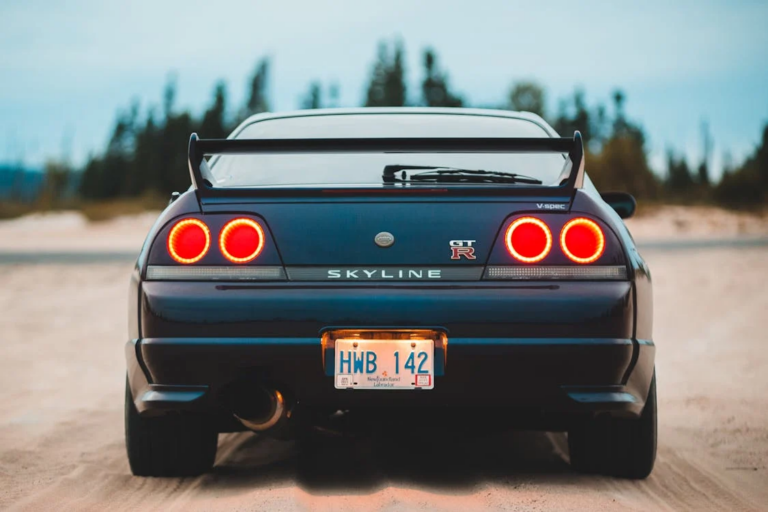When it comes to getting the most out of your car, tuning isn’t just for enthusiasts and racers—it’s for anyone who wants to enhance their vehicle’s performance, efficiency, and overall driving experience. Whether you’re looking to increase horsepower, improve fuel economy, or fine-tune your car’s handling, tuning can offer notable benefits. In this blog, we’ll take you through the essential steps and considerations for tuning your car, helping you unlock its full potential. From basic maintenance to advanced modifications, our guide covers everything you need to know to take your driving to the next level.
Software and Diagnostics
One of the first steps in tuning your car is to understand its current performance and identify areas for improvement. This requires the use of specialized software and diagnostic tools, which can read and interpret the data from your vehicle’s onboard computer. The ECU Remapping Torque Team says that a high-quality diagnostic tool can provide critical insights into your car’s engine and fuel system, allowing you to pinpoint any issues or inefficiencies. With the right software, you can also fine-tune various parameters in your car’s ECU (engine control unit) to achieve specific performance goals.
This includes adjusting fuel maps, ignition timing, and other settings that affect horsepower, torque, and overall power delivery. While some basic tuning software is available for DIY enthusiasts, it’s always advisable to seek professional help from experienced tuners who have a thorough knowledge of your vehicle’s make and model.
Aerodynamics
Aerodynamics plays a crucial role in enhancing your car’s performance, particularly at higher speeds. Efficient aerodynamic design reduces drag, which in turn improves fuel efficiency and maximizes the vehicle’s speed and stability. To enhance your car’s aerodynamics, start by considering modifications such as installing a front splitter, rear diffuser, and side skirts. These components help manage airflow around and under the vehicle, minimizing turbulence and drag.
A well-designed rear spoiler can increase downforce, improving grip and handling in corners. While these modifications might seem straightforward, it’s essential to have them professionally installed and tested to ensure they provide the desired performance outcomes without compromising safety. Remember, the goal of aerodynamics isn’t just about speed; it’s about achieving a balanced and stable driving experience.
Interior and Comfort
While enhancing your car’s performance and aerodynamics is vital, ensuring a comfortable and functional interior is equally important for an improved driving experience. Start by upgrading your car’s seats to high-quality, ergonomic options that provide better support and reduce driver fatigue during long trips. Investing in comfortable, adjustable seats can make a significant difference in your overall enjoyment and focus while driving.
Next, consider upgrading your in-car entertainment system. Modern head units with touchscreen controls, Bluetooth connectivity, and smartphone integration can vastly improve your driving experience, making it easier to access navigation, music, and hands-free calling. High-quality speakers and subwoofers can further enhance audio quality, providing a more immersive and enjoyable environment.
Brake Upgrades
When it comes to tuning your car for improved performance, brake upgrades are indispensable. High-performance brakes not only enhance stopping power but also improve overall driving safety and control. One of the first steps in upgrading your brakes is to invest in quality brake pads and rotors. Performance brake pads are designed to withstand higher temperatures and provide better friction, resulting in shorter stopping distances and more consistent performance during aggressive driving or track use.
Upgrading to drilled or slotted rotors can also make a significant difference. These rotors dissipate heat more efficiently, reducing the risk of brake fade during extended use. If you’re looking for an even greater enhancement, consider installing a big brake kit. These kits typically include larger calipers and rotors, which improve clamping force and heat dissipation, thereby ensuring maximum braking efficiency.
Tuning your car for better performance is a multi-faceted process that requires careful consideration and expertise. By understanding your vehicle’s current performance, making strategic modifications, and investing in quality parts and professional assistance, you can unlock its full potential and take your driving experience to the next level. So start exploring the possibilities today, and enjoy the thrill of a finely-tuned ride!
